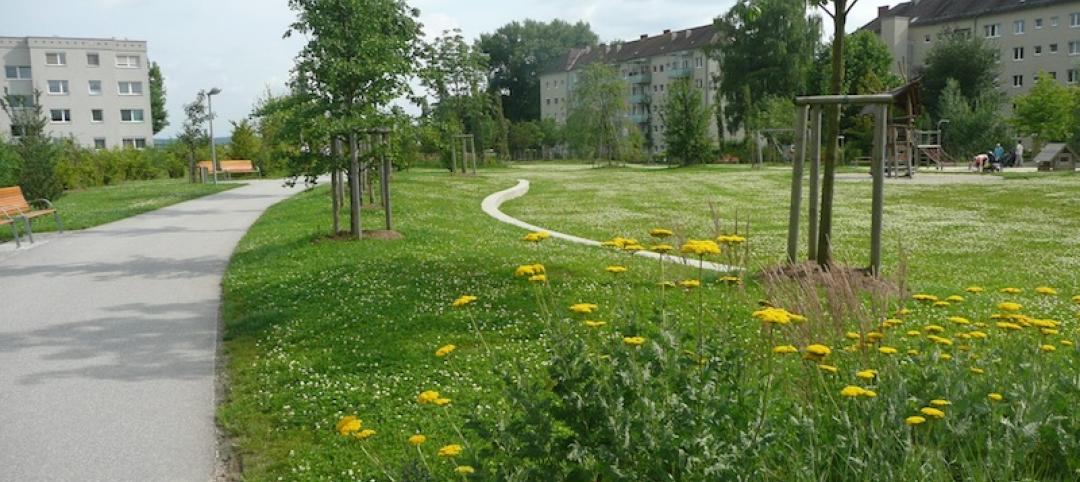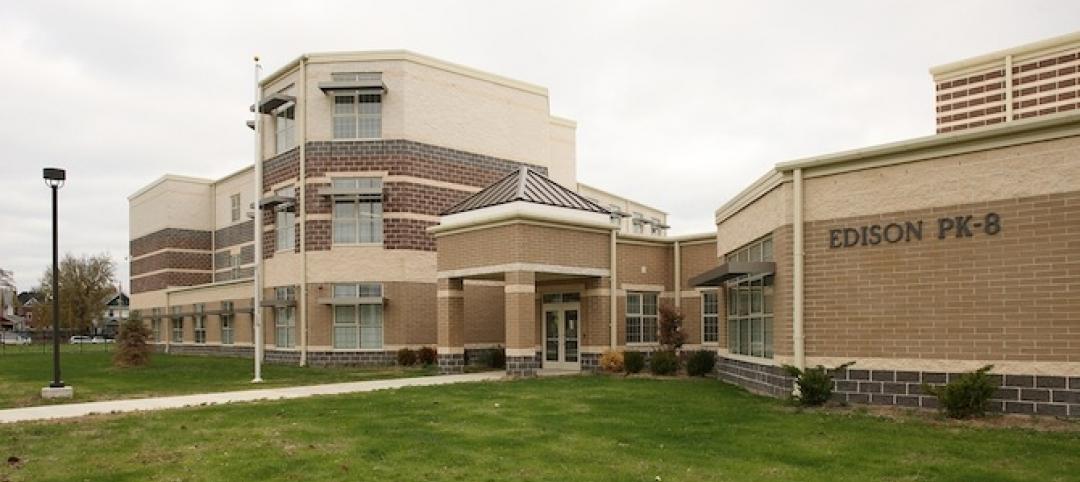In Boston, two recent reports, one on the impact of climate change, and the other on planning for future development, provoked a hard look at the wisdom of building in increasingly flood-prone areas.
The planning report, “Imagine Boston 2030,” identifies five priority growth areas in the metro area. Four of the five growth areas, including the booming Seaport District in South Boston, are extremely vulnerable to flooding according to the other report, “Climate Ready Boston.”
Stephen Gray, assistant professor of urban design at Harvard Graduate School of Design, and a cochairman for Boston’s 100 Resilient Cities Resilience Collaborative, points out the contradiction in an opinion column in the Boston Globe. He asks: “How and where we decide to grow will have immeasurable economic and social consequences, so why would we intentionally grow in parts of the city that we know to be extremely vulnerable to flooding?”
He points out that in the Seaport construction permits “continue to be approved so long as buildings have floodable first floors and utilities on the roof. By this measure, the city maintains that floodable buildings are a viable solution, even if the streets around them could eventually be ankle deep in mud and water depending on the tide.” Coastal cities around the world are faced with similar dilemmas concerning where best to encourage new development in the face of rising sea levels induced by climate change, and where best to invest in flood mitigation infrastructure.
Related Stories
| Jan 2, 2014
Green infrastructure prominent in Akron, Ohio's sewer plans
City officials in Akron, Ohio want to prevent stormwater from entering its combined sewer system through the use of green infrastructure.
| Jan 2, 2014
OSHA to hold public meeting on proposed rule to improve tracking of workplace injuries
The Occupational Safety and Health Administration (OSHA) has scheduled a public meeting to allow interested parties to comment on the proposed rule to improve tracking of workplace injuries and illnesses.
| Jan 2, 2014
Measuring whole building energy use among big changes in LEED v4
A new prerequisite in LEED v4 calls for each project to measure whole building energy use, and then share that data with USGBC.
| Jan 1, 2014
San Francisco hosts Net Positive Energy + Water Conference
The Living Building Challenge’s Net Positive Energy + Water Conference will be held Feb. 4-5 in San Francisco.
| Dec 27, 2013
California’s new Title 24 energy code compliance date pushed back to July 1, 2014
Due to the stringency of the provisions in California’s new Title 24 energy codes, their implementation has been postponed until July 1, 2014 to allow jurisdictions and engineers to prepare for them.
| Dec 27, 2013
$1 billion 'city within a city' development approved by Coachella, Calif., city council
The mega development includes 7,800 homes, a retail center, office space, and nearly 350 acres of open space.
| Dec 26, 2013
OSHA may require companywide reporting of injuries and illnesses
The Occupational Safety and Health Administration is considering a change in policy that would require organizations to submit company-wide data on illnesses and injuries.
| Dec 26, 2013
USGBC recognizes Ohio for achieving 100th LEED-certified public school
The U.S. Green Building Council (USGBC) has recognized the state of Ohio and the Ohio School Facilities Commission (OSFC) on the LEED certification of the 100th public school building in the state.
| Dec 26, 2013
WDMA launches project to create ISO-compliant architectural doors
WDMA's National Architectural Door Council has initiated a project to create ISO-compliant Product Category Rules for architectural wood flush and stile and rail doors
| Dec 19, 2013
Defense Department okays Green Globes standard for DoD facilities
The Green Globes certification program from the Green Building Initiative can be used for the renovation and construction of Department of Defense facilities following agency endorsement.

















